Get Up® Ambassadors are members of the figure skating community who embody the Get Up® spirit. Despite being faced with obstacles, they approach each day with strength, perseverance, and determination, and in doing so, serve as an inspiration to all whom they encounter.
Eight inspiring individuals have been selected by their peers to serve as 2021 Get Up® Ambassadors. Toshawa Andrews, mother of Team USA skater Starr Andrews, recently shared her story of courage and perseverance online and will be featured in the June-July issue of SKATING magazine. Stories about ambassadors Emma Ambler, Michele Cooper, Rosie George Finocchi, Meredith Hall, Gianna Intintoli, Paul Paprocki and Kaitlin Sauer also will appear in SKATING magazine during the remainder of 2021.
Here’s a brief look at the individuals who have been named as the 2021 Get Up® Ambassadors.
Emma Ambler
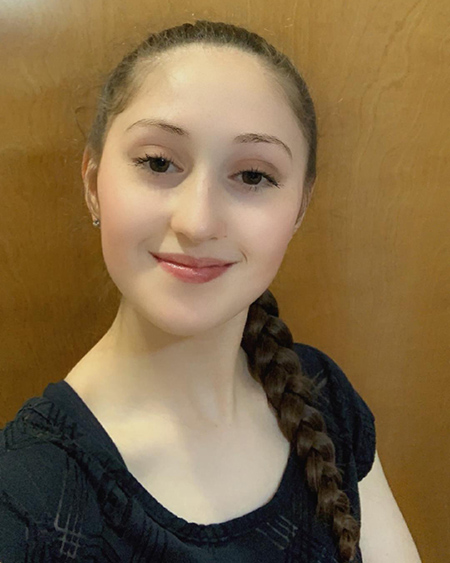
Emma Ambler became well-acquainted with the medical system at a young age. In infancy, she had standing pediatrician appointments due to chronic ear infections, and at 15 months old, she underwent a procedure to have tubes inserted. During the operation, doctors were forced to intubate Ambler after discovering she had an overactive airway.
Her health journey did not end there.
Multiple instances of extreme fevers and intense pains led to a diagnosis of C difficile. The Mayo Clinic’s website defines C difficile as “a bacterium that can cause symptoms ranging from diarrhea to life-threatening inflammation of the colon.” The condition affects about half a million people in the United States each year.
Minor falls that caused fractures indicated that Ambler was facing another medical complication. She was diagnosed with Ehlers Danlos Syndrome, a disorder that affects the body’s connective tissues.
Through it all, Ambler has remained on the ice. The rink is a place where she can forget about the outside world, a place where the doctors, the pain and the appointments don’t matter. She is now a rising senior in high school and currently skates for the Dallas Figure Skating Club.
Toshawa Andrews
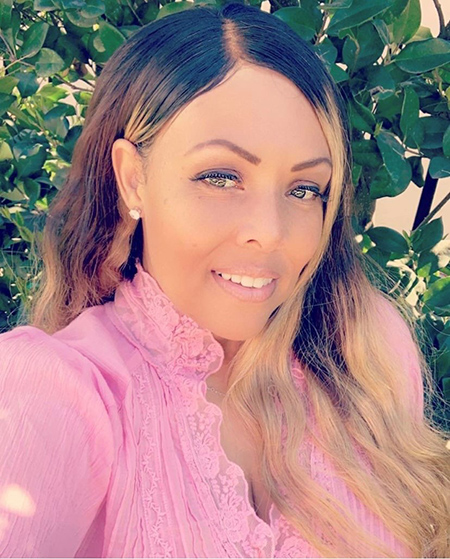
Toshawa Andrews has always felt a connection to the ice, even before her daughter, Starr Andrews, brought home the silver medal in the junior competition at the 2017 U.S. Figure Skating Championships. She is drawn to the rink; the freezing cold temperature of the ice beneath her feet melts away the weight of the world.
It’s fitting, then, that skating holds the origins of her Get Up story.
Andrews had been preparing for a moves in the field test when she first became aware of pain in her chest. At first, she shrugged it off, but when the next day came and the sensation was still there, she went to the hospital.
Doctors found that she had had a heart attack. She did not know then that it was the first of many, and that the previous day’s events would be the beginning of a medical journey that would teach her not to take the little moments in life for granted.
Michele Cooper
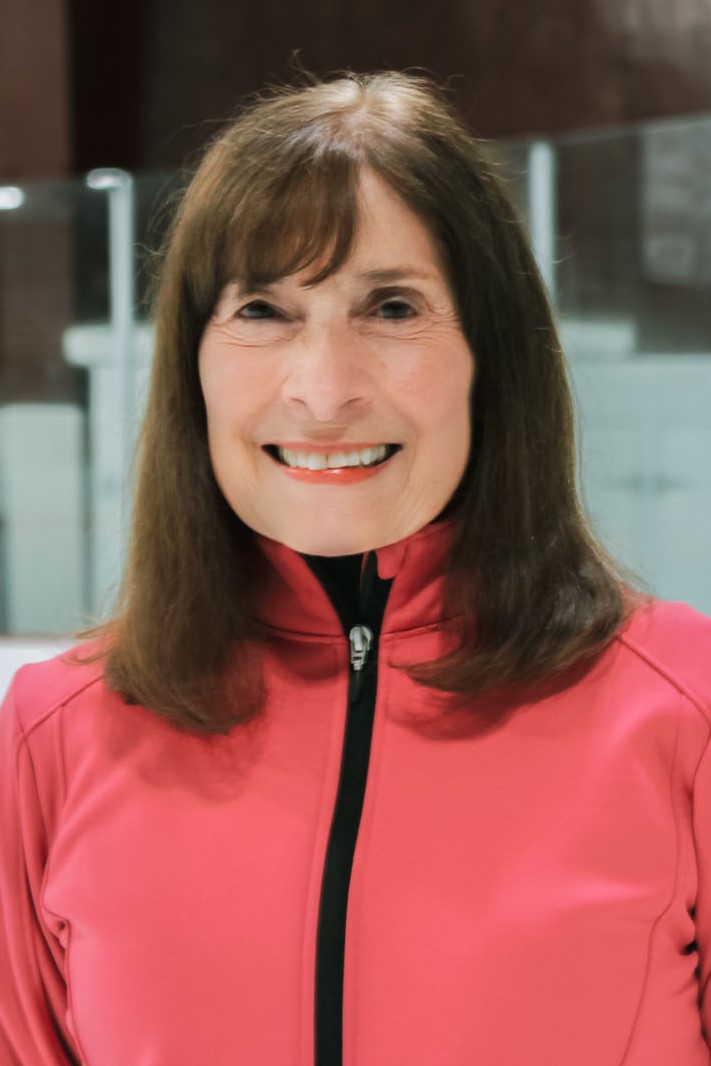
Michele Cooper’s journey with figure skating is a unique one. A stint as a freelance writer for SKATING magazine helped build her career as a journalist. As a writer for SKATING, she covered the Tribute Show in Madison Square Garden a month after the 9/11 attacks in 2001 and published an article on the first Adult International Event. “Writing for [U.S. Figure Skating’s] official magazine was one of the most rewarding experiences of my life,” she said.
Cooper began skating herself when she was in her mid-40s, and the sport has carried her through a lupus diagnosis in 2008 and various surgeries over the last few years. Though she’s had several bouts with adversity, she never considered stepping away from the rink.
“All I know is that I love skating and I love life, and nothing that can knock me down will keep me down,” she explained.
Rosie George Finocchi
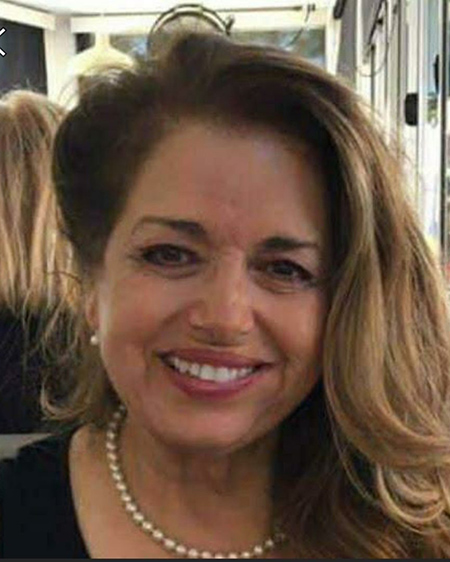
Figure skating has been a rock in Rosie George Finocchi’s life from the time she was a little girl.
She first took to the ice as a 2-year-old in Tonawanda, New York. She quickly fell in love with the sport but was forced to step away after losing both parents and dropping out of high school. Yet while she could not be in the rink, she continued to learn. She watched Olympian Barbara Roles teach aspiring skaters through the glass of a coffee shop window. One day, she would step into the rink again.
That day came in the 1970s, when she started lessons with U.S. Figure Skating. Her reintroduction to a childhood love has opened countless doors of opportunity: In 1990, she competed in the first ever Adult Southwest Regionals; she has amassed over 200 podium appearances; and figure skating gave her the confidence to return to school to complete her GED and go on to earn a master’s degree.
Meredith Hall
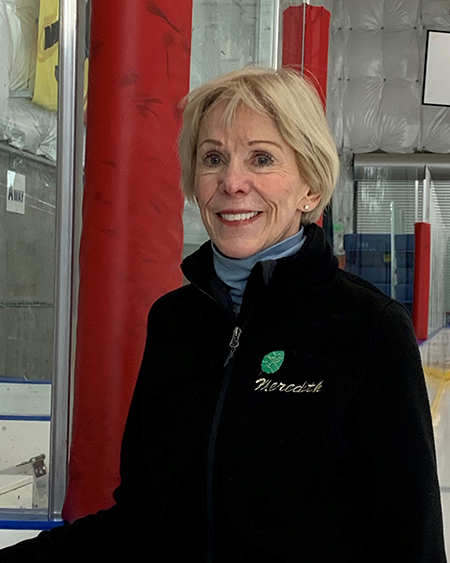
When Meredith Hall performed at the famed Broadmoor Hotel in Colorado Springs, she had no way of knowing how the opportunity would go on to influence her life.
The opportunity arose through her father’s position as general manager of the establishment. As a participant in the gala shows, she had the chance to wear costumes from the Ice Follies and build friendships with various members of the skating community, including Gregg Kelley.
Kelley was a part of Team USA and was slated to skate in the upcoming 1961 World Championships in Prague. As Hall drove Kelley home from the rink on Feb. 13, 1961, Hall listened to his plans to begin medical school after returning from the trip. The two parted ways with a hug and a promise from Hall: “See you when you get back.”
Those were the last words she spoke to Kelley as the entire team tragically perished after their plane crashed en route to the competition.
Though she was devastated, Hall continued participating in the sport she and her friend had both loved. Health concerns forced her to step away from the ice a few years later, and she would not step foot in the rink again for another 55 years.
Now in her early 80s, Hall is a member of the All Year Figure Skating Club. She approaches the ice with the same exuberance she had as a little girl and is showing those around her that pursuing a passion has no age limit.
Gianna Intintoli
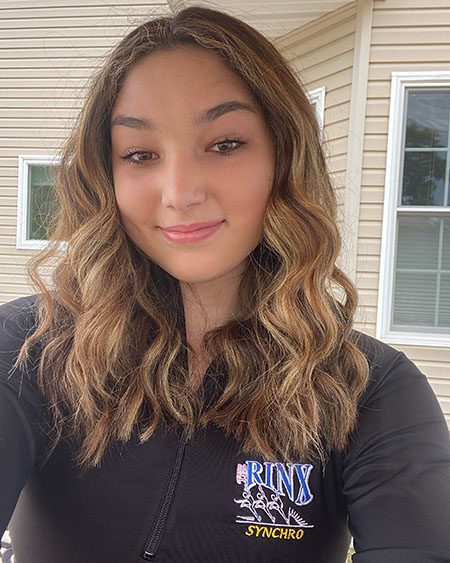
When doctors told Gianna Intintoli she wasn’t responding to treatment for Guillain Barre Syndrome, one thought crossed her mind.
What if I can’t skate again?
That possibility was heartbreaking to the adolescent, who had fallen in love with skating after she first took to the ice at the age of 3. Figure skating had become her life; she didn’t know what she would do if Guillain Barre Syndrome took it away from her.
GBS is a rare disorder that causes the immune system to attack nerves. Intintoli, who received the diagnosis after visiting four different hospitals, initially responded well to treatment. But when progress came to a near-halt, medical personnel told Intintoli and her family that the wheelchair she’d begun using might become a permanent fixture.
Not wanting to give up hope, Intintoli began another intense round of physical therapy. This time, the treatment and medication worked. Seven months later, she was walking again, and two months after that, she was able to rejoin her synchronized skating team. Now, she’s back where she belongs, and she’s demonstrating to others that with the right mindset, even the toughest odds can be overcome.
Paul Paprocki

Two events that altered the course of Paul Paprocki’s life occurred when he was a teenager: he discovered figure skating and was diagnosed with Stargarts disease, a rare vision disorder.
Stargart’s disease is a juvenile onset form of macular degeneration that eventually leads to legal blindness. However, he did not allow the condition to pull him away from the sport he’d quickly come to love.
Paprocki began to focus on ice dance, a discipline of figure skating that does not require athletes to pass figures tests. He continued training through college, where he made the transition from skater to coach.
Decades have since passed, but Paprocki can still be found on the sidelines of the ice rink, influencing the next generation of figure skaters as a coach for the Rochester Figure Skating Club. In teaching them the nuances of the sport he loves, he demonstrates on the daily that a diagnosis is not a definition.
Kaitlin Sauer
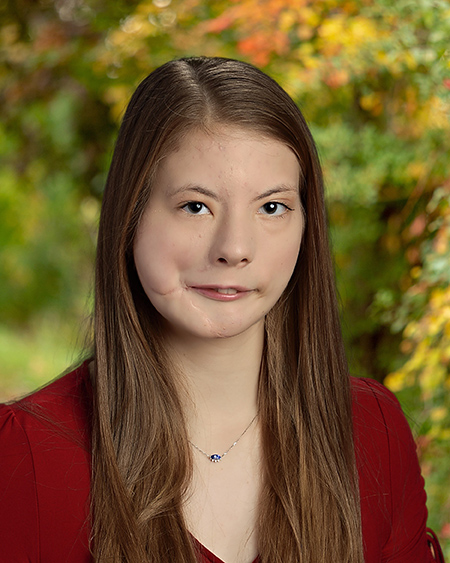
From the beginning, Kaitlin Sauer has been a fighter.
She was born with Amniotic Band Syndrome, a condition that affects fetal development. In Sauer's case, she was born with facial paralysis due to facial nerve and bone damage. Due to this, she has often built her skating schedule at the San Antonio Figure Skating Club around an intense surgery calendar. The 17-year-old has undergone 16 surgeries, 10 of which have occurred during her skating career.
Despite the adversity, Sauer has maintained a positive mindset. She did not allow a newly-constructed jaw or the maintenance of a fully-liquid diet stop her from completing the senior moves in the field test, and excelling in school. Sauer is a member of various student organizations, including National Honor Society and National Math Society.
Her resilience has not gone unnoticed. Last spring, she was invited to be a “Patient Hero” by the Lucile Packard Foundation for Children’s Health, a nonprofit that supports the Stanford University children’s hospital where many of Sauer’s procedures have taken place. There, she was able to show younger patients that they, too, could “get up” in the midst of adversity.

